Do you live at a high altitude? Did you know that this can affect the outcome of your recipes. For example, at sea-level water boils at 100C or 212F, but as you move to a higher altitude the boiling point is lowered so food takes longer to cook. Read on for more details on this, and other interesting facts about baking at high altitudes.
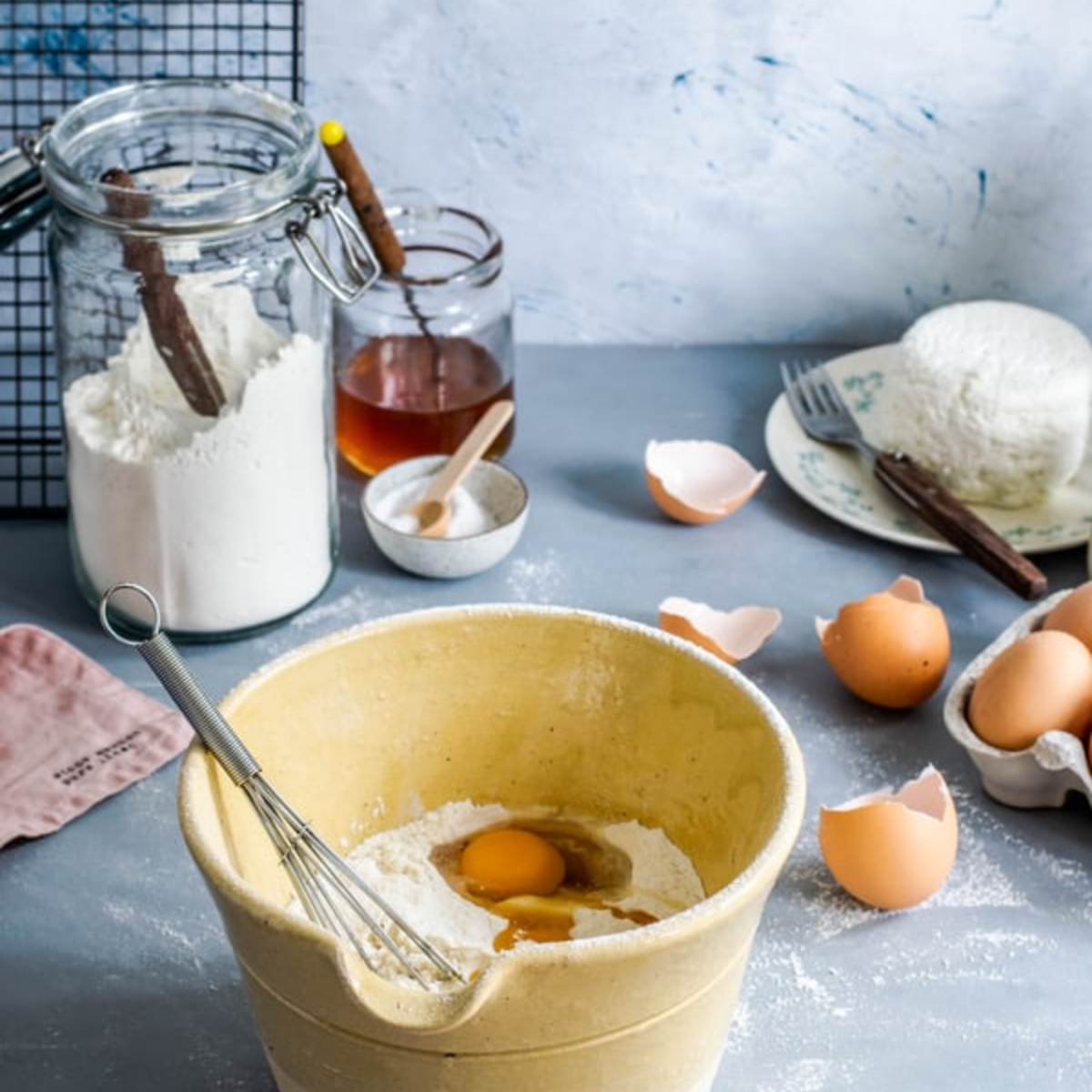
Jump to:
Baking at high altitudes
I got a comment from one of my readers the other day, to say that the pastry in one of my recipes (it was for this milk tart actually) should be made with plain flour, as baking powder made it rise too much.
I have made that particular recipe umpteen times and never had a problem with the pastry. So it got me thinking, and I realised that it could be because my reader lives at a high altitude.
As I live in England, all my recipes are developed and tested at sea level. So I did some research and found out exactly what effect altitude has on recipes. This is what I came up with.
What is considered to be a high altitude?
A high altitude is considered to be 3000 feet and higher, above sea level. To give it some context, Scafell Pike which is England's highest mountain is a mere 978 metres above sea level, whereas Johannesburg in South Africa lies at 5750 feet above sea level. Denver in the USA is known as the Mile High City because it stands a full mile above sea level, whereas La Paz, the administrative capital of Bolivia, is the highest city in the world at a whopping altitude of 11,913 feet above sea level.
It seems as though recipes developed and tested in England at sea level might need a bit of tweaking for those of you who live at higher altitudes.
The boiling point of water
To give you some idea of the effects of altitude, at sea level, the boiling point of water is 212 degrees Fahrenheit, or 100 degrees Celsius.
As you move up into the higher altitudes, the boiling point of water becomes much lower. In Johannesburg the boiling point of water drops to 201 F, or 94 C. And by the time you get as high as La Paz, the boiling point of water has dropped to 190 F or 88 C.
It is a physical impossibility to get water to a temperature higher than boiling point because boiling point is the point at which water turns into steam.
For this reason, pasta and highly liquid foods such as soups and stews, and also boiled eggs, will take longer to cook, as the temperature of the water will be lower.

How does a high altitude affect baking?
The higher you are above sea level, the lower the atmospheric pressure becomes. This is due to there being less air pressing down as you go further above sea level.
This can have quite an effect on the outcome of your cake:
- At high altitudes, cakes and breads tend to rise at a much faster rate than at sea level. The result of this is that the gasses formed by baking powder, accumulate in pockets within the cake batter, rather than spreading evenly throughout the cake, resulting in denser cakes with a coarser texture.
- Also, cakes baked at higher altitudes tend to be drier than the same cake baked at sea level. This is because water boils at a lower temperature and therefore cakes lose moisture faster.
- Because the moisture in the cake evaporates faster, the sugar content can become too concentrated, leading to cakes sticking in the pans, or even worse, sinking in the middle.
What can we do about it?
There are numerous factors that go into a successful cake.
- The temperature of the oven
- The length of time to bake the cake
- The amount of baking powder that is used
- The ratio of the flour / butter / moisture content
For a successful cake at a higher altitude, we need to make some adjustments to some or all of these factors.
Tips for baking at high altitudes
If you find that a recipe doesn't quite work at a high altitude, these tips may help. You will need to experiment until you get the results you are looking for. Remember, the higher you are above sea level, the greater the adjustments you should make.
Increase the temperature of the oven.
The higher temperature will assist the cake to set before the gas bubbles produced by the leavening agent have a chance to expand. Don't go overboard, you only need a few degrees. Depending on your altitude, you should increase the temperature from between 15 to 25 degrees Fahrenheit, or 8 to 14 degrees Celsius.
Shorten the baking time.
It goes without saying that if you are increasing the baking temperature, you should shorten the baking time to compensate. Your cakes will cook faster at the increased temperature and will need less time to bake.
For every half hour, you should shorten the baking time by 5 to 8 minutes. So if your cake recipe says bake for 30 minutes you should start to check for doneness after 22 minutes.
To check for doneness, stick a toothpick or wooden skewer into the cake. If it comes out clean with no batter sticking to it, then your cake is done and you can remove it from the oven to cool. If it is not quite done, leave it for a minute or two longer, but watch it carefully. You don't want to overcook it.
Reduce the amount of baking powder
Reducing the amount of baking powder will lessen the amount of gasses that are produced. This will prevent the cake from rising too fast and then collapsing. The cake will rise more slowly, giving the batter time to set and develop a stronger structure. You should only reduce by a small amount. Depending on your altitude reduce by ⅛ to ½ of each teaspoon of baking powder called for.
Increase the amount of flour
Adding a little extra flour will help the cake to develop more structure. You don't need too much extra. Just add 1 tablespoon at a 3500 feet altitude and another tablespoon for each 1500 feet of altitude after that. So in my Johannesburg example, at 5700 feet you should add an additional 2 tablespoons of flour to your cake recipe.
Increase the amount of liquid
Increasing the amount of liquid will compensate for the extra flour, and also help to reduce moisture loss due to the increased heat. Once again, you don't need too much. Just 1 to 2 tablespoons at an altitude of 3000 feet plus another 1 and ½ teaspoons for every additional 1000 feet. Alternatively, you could use extra large eggs, instead of large eggs, as this will also add extra moisture.
Reduce the amount of sugar
If you find your cake is quite sticky on top and/or sticking to the pan, you can reduce the amount of sugar in the recipe by using 1 to 3 tablespoons less, depending on your altitude.
Baking at high altitudes - adjustments
For easy reference, I've listed suggested recipe changes in a handy table.
| Adjustment | 3500 to 6000 ft | 6000 to 8000 ft | 8000 to 10000 ft |
|---|---|---|---|
| Increase oven temperature | 8C / 15F | 11C / 20F | 14C / 25F |
| Reduce baking powder | ⅛ per teaspoon | ¼ per teaspoon | ½ per teaspoon |
| Increase flour | 1 Tbsp/cup | 1.5 - 2 Tbsp/cup | 2 - 3 Tbsp/cup |
| Reduce sugar | 1 Tbsp/cup | 1-2 Tbsp/cup | 1-3 Tbsp/cup |
| Increase liquid (or use an extra large egg) | 1-2 Tbsp/cup | 2-4 Tbsp/cup | 3-4 Tbsp/cup |
If you'd like to be notified of new recipes, why not subscribe to my newsletter? To say thank you, you will receive a free recipe e-book containing some of my most popular cakes and desserts.
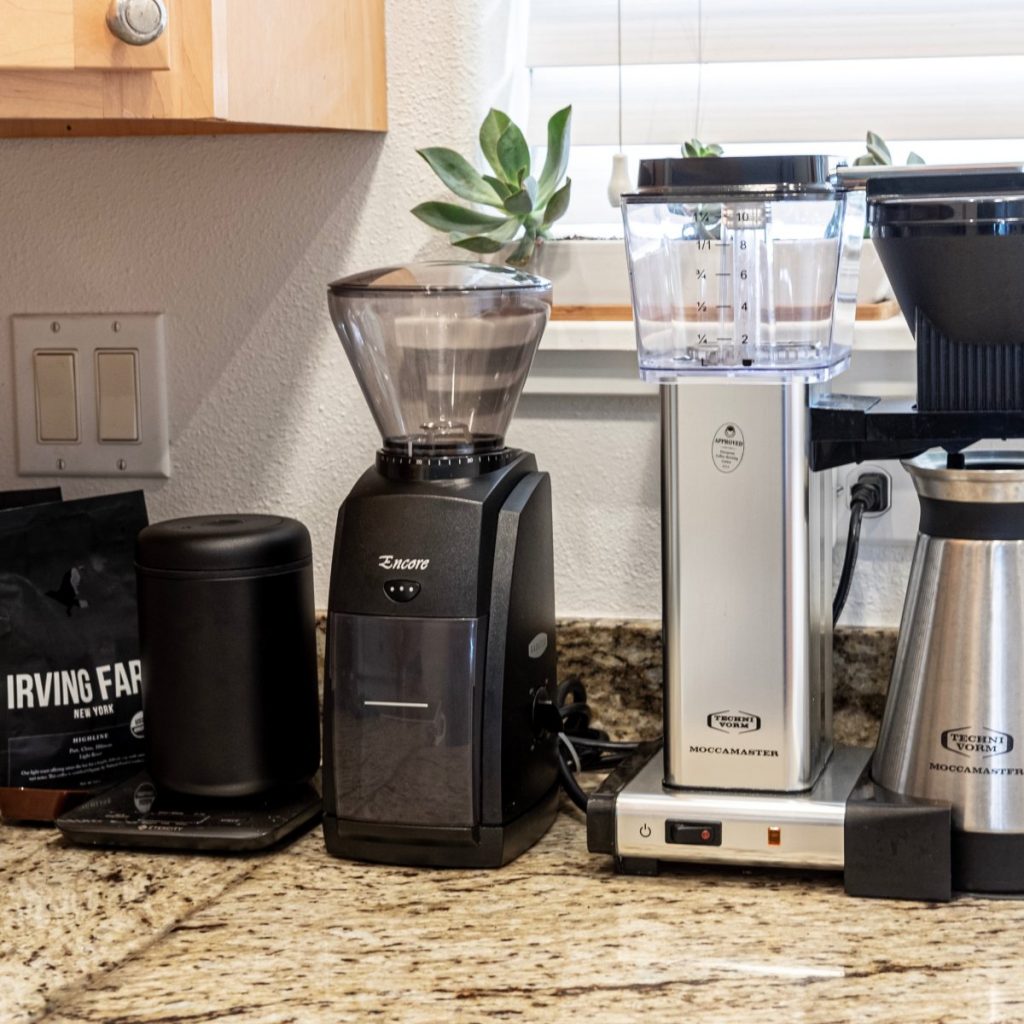
High Altitudes and your appliances
It's not only baking that is affected by high altitudes. The way your kitchen appliances work is also affected and your recipes may have to be adjusted to compensate for this.
Slow cooker
Water is essential in a slow cooker, and the lower atmospheric pressure means that the water in a slow cooker boils at a lower temperature. For this reason you should allow for longer cooking times when using a slow cooker at high altitudes.
Deep fat fryer
The lower boiling point of water at high altitudes means that the internal temperature of the food being fried will be lower than the same food being fried at sea level. For this reason, you should lower the temperature of the oil in the deep fat fryer by about 3 degrees F (or .5 degrees C) for every 1000 feet of elevation. This is to ensure that the inside of the food has time to cook through before the outside becomes over-browned.
Pressure Cooker
Because of the way a pressure cooker works, you are in effect increasing the atmospheric pressure, so there should be no effect of high altitude on this appliance.
Cooking in the oven
Oven temperatures are not affected by altitude, so your roast beef will still turn out perfectly without having to make any adjustments.
Have I missed anything?
I hope you found this useful. If I've missed out anything important please let me know either by email or in the comments below. And if you have any tips of your own for high-altitude cooking or baking please share them in the comment section.
If you are looking for more detailed information on the effect of living at a high altitude has on your cooking, see this fact sheet from the United States Department of Agriculture.


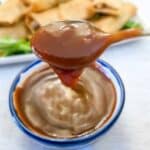
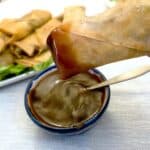
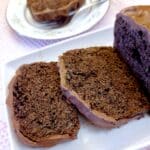

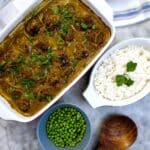
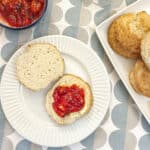

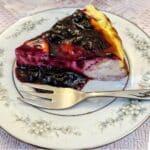
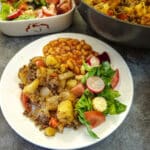


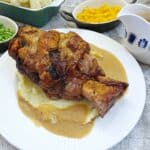
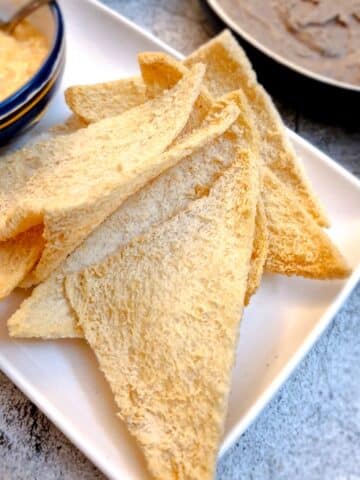
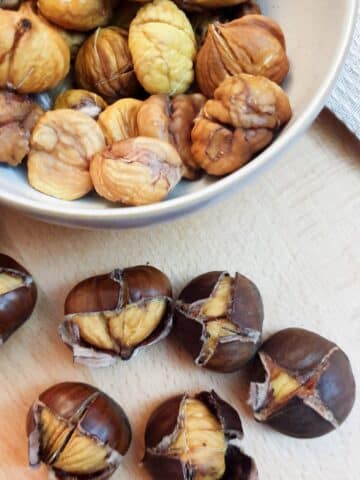

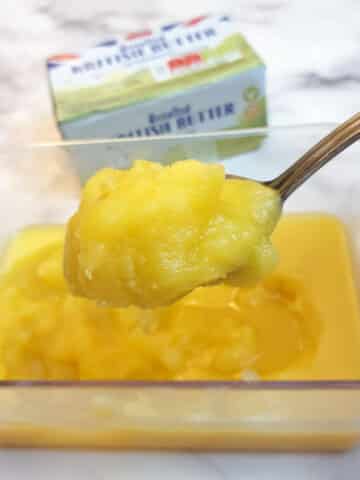
Christieanne
Does baking bread at a high eltatude using a bread machine follow the same guidelines? I am 5200 feet above sea level.
VJ
Hi Christieanne
When I lived (and baked) in South Africa, I didn't have a bread maker so I haven't experimented with one. However, the altitude will have an effect. You may find this article useful. https://www.thespruceeats.com/how-do-i-adjust-bread-machine-recipes-for-high-altitude-908823
Hope it helps 🙂
Helen Gordon
Thank you! I have an English cookbook, but live at above 5000 ft. I have always lived here and just thought today maybe that’s why my bread from this book is not good.
VJ
Fingers crossed it helps 🙂
I would try increasing the dry and liquid ingredients slightly to add a little more structure, and decreasing the amount of yeast to compensate for the faster rising time at higher altitudes.